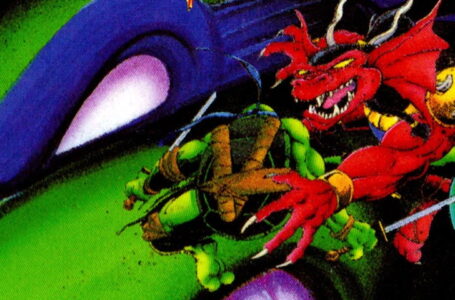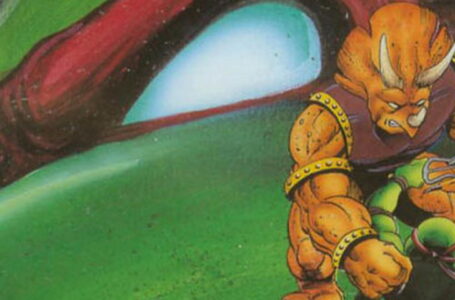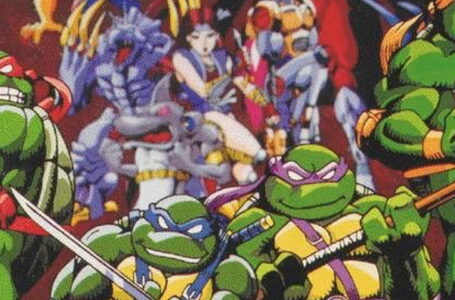How well does the Teenage Mutant Ninja Turtles arcade game hold up today?
Konami’s 1989 Teenage Mutant Ninja Turtles arcade game has always been a bit of a “holy grail” for gamers — even back when it was originally released. It was a game that provided a reason to go to an arcade — particularly if you had some friends to go with — and none of the home ports ever quite matched up to it.
In more recent years, the complexity of licensing titles like Teenage Mutant Ninja Turtles for rerelease has made a lot of fans wonder if it would ever show up on modern platforms — and as such, the recently released Cowabunga Collection was a very welcome sight for a lot of gamers.
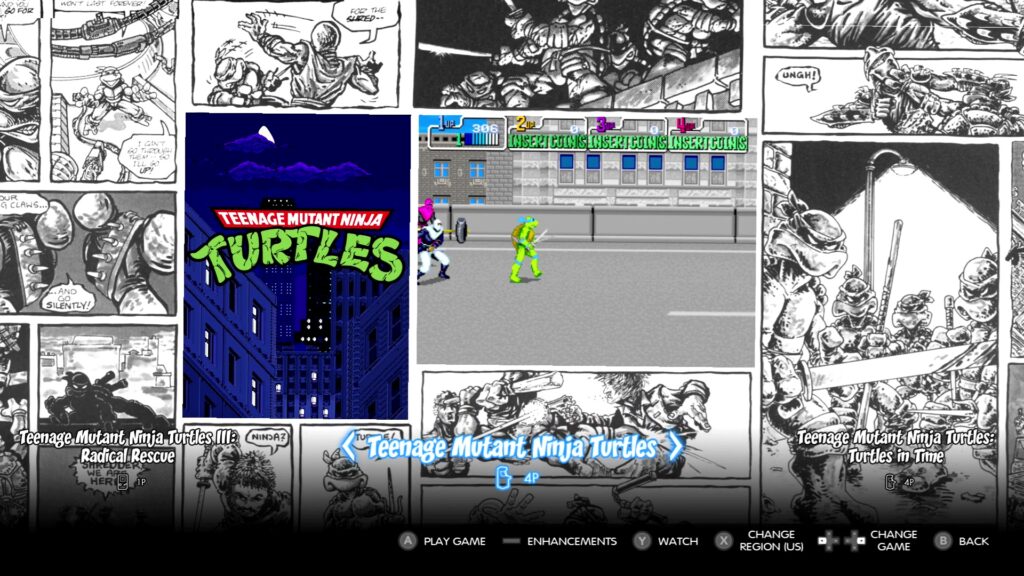
The various Teenage Mutant Ninja Turtles games are that rare thing: licensed video games that, on the whole, are pretty good. Not only that, but they had considerable crossover appeal with those who weren’t particularly into the Turtles as a cultural phenomenon. They were simply good games in their own right, and that helped them become explosively successful the world over.
This raises an interesting question many years after they first appeared, though: are they still good? Now that we have easy access to the original Teenage Mutant Ninja Turtles coin-op in our own homes thanks to the Cowabunga Collection, was it worth the wait? Is this still actually a good game, or is it all nostalgia talking?
The first thing to bear in mind when contemplating this is the context in which Teenage Mutant Ninja Turtles released. It came out in October of 1989, which is a month before Capcom’s Final Fight came along and codified a lot of conventions of the genre, and two months before Sega’s Streets of Rage series really established how a typically arcade-bound experience like a beat ’em up could be successfully adapted for the home.
It was also two years after Technos Japan’s first Double Dragon game really established what a belt-scrolling beat ’em up really is, and a year after Double Dragon II successfully iterated on that formula with some notable additions and refinements.
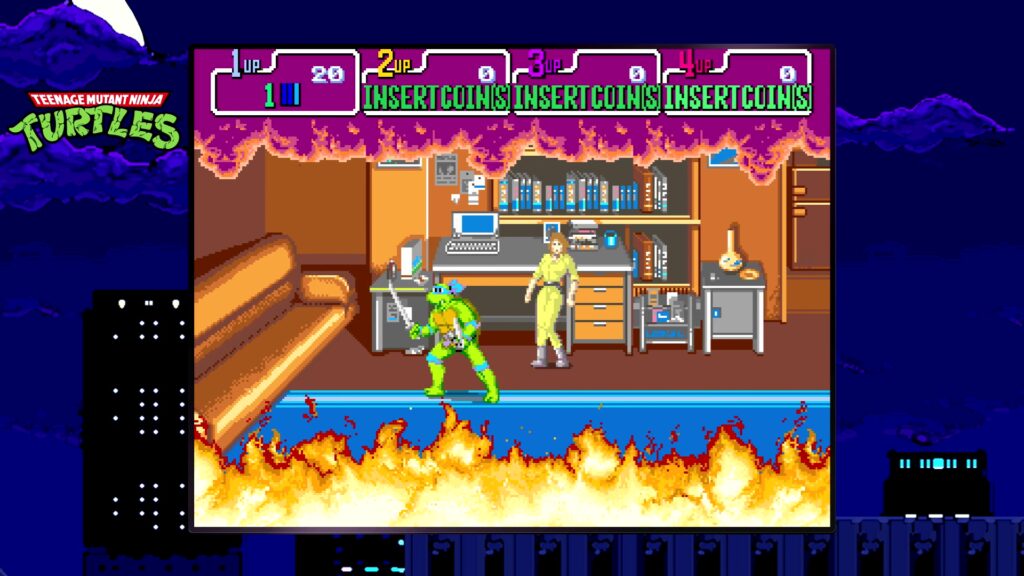
In other words, while Teenage Mutant Ninja Turtles is regarded as an all-time classic beat ’em up today, in the grand context of the genre it’s actually a relatively early entry. And it’s worth bearing this in mind while you play, because returning to it in 2022 reveals a number of elements that feel markedly different from the conventions we expect from this type of game today.
For starters, you can forget about double-tapping to run and walking into enemies in order to throw them. You can throw enemies in Teenage Mutant Ninja Turtles, but it seems to mostly be down to the range at which you attack them; get too close and you might whiff your attack entirely, attack from a reasonable distance and you’ll clip them with the tip of your weapon, but get ’em from mid-range and you’ll flip them over your head in a delightfully emasculating fashion, usually causing them to be immediately defeated.
The lack of a “walk into enemies to throw them” move forces you to handle boss fights in a markedly different manner to most other post-Final Fight beat ’em ups. While approaching bosses diagonally still works quite well, the lack of ability to grab them eliminates an important advantage that you might have, so you need to make up for that with a quick attack. At the same time, many bosses are more than happy to interrupt your combo with their own powerful attack that will almost certainly knock you to the floor and take a chunk off your life.
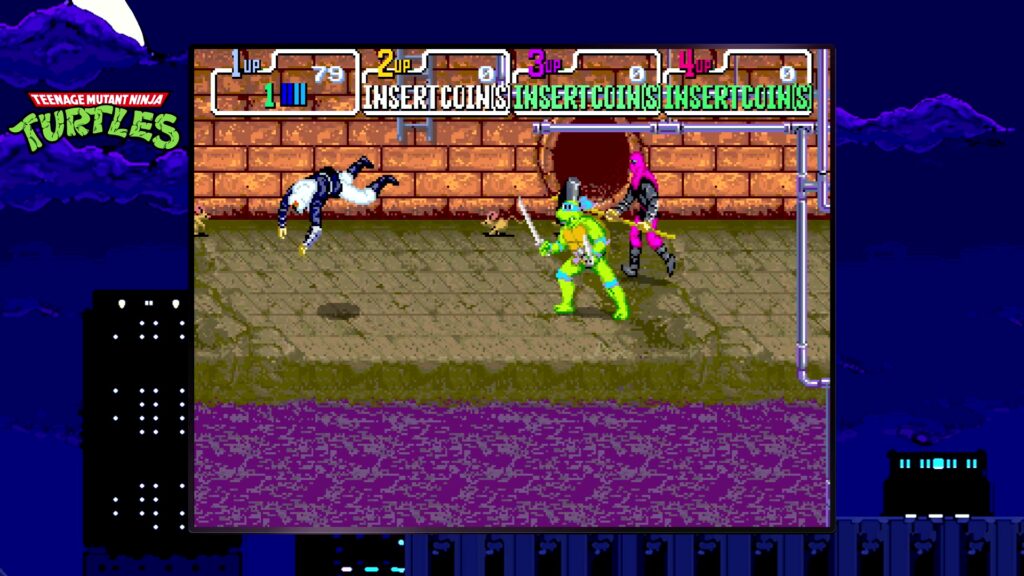
As such, in marked contrast to combo and hitstun-heavy beat ’em ups, Teenage Mutant Ninja Turtles often becomes more about sneaking in, getting a quick hit in and then getting the hell out of the way again. This gives combat a very different rhythm to what you might be accustomed to with later beat ’em ups — and it takes a bit of adjusting to. It’s not bad by any means — in fact, it’s quite refreshing to play a game like this in which you need to rethink what are thought of as fundamental strategies these days — but it will take you a while to adjust to.
When dealing with regular enemies outside of boss confrontations, you need to fight a bit differently, too. Quite a few standard enemies are armed with ranged weapons — and attempting to get in close to hitstun these enemies often ends in disaster. As such, you’ll need to make good use of jumps and aerial attacks to avoid them and knock them down, then take advantage of them during a vulnerable moment. While doing this, you will, of course, need to be aware of the other enemies around you, because space management remains of critical importance in Teenage Mutant Ninja Turtles, as in most beat ’em ups.
The four playable characters strike a good balance between having distinct abilities — primarily through the effective range of their weapons — and being immediately accessible. It doesn’t take much effort to adjust to playing as one of the other Turtles, though you may find some easier to handle than others; Donatello, notably, is a good character to start with thanks to his long Bo staff giving him considerably greater range than his peers.
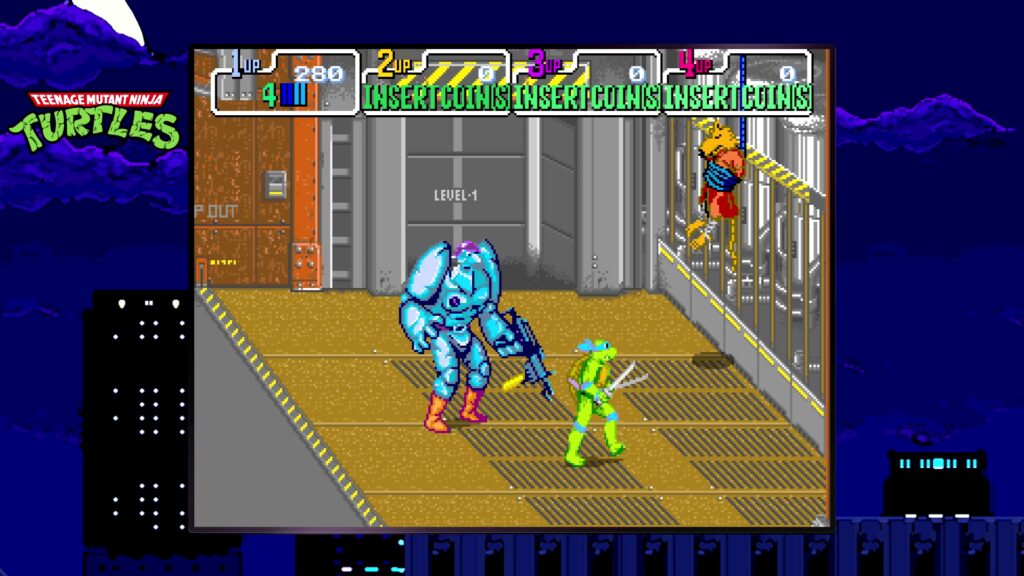
When playing solo, the game often feels as if it has been balanced with multiple players in mind, with the screen filling with enemies and obstacles that are difficult to deal with alone, particularly later in the game. You’ll often find yourself in situations where it’s easy to see how good teamwork would make things easier — though the game never quite slips into feeling like it’s outright impossible for a solo player, which is good considering a lot of new Cowabunga Collection owners will likely be playing this alone in these days when it’s hard to get a group of friends together for in-person gaming.
What you also have to bear in mind is that this game was never designed to be played in the home. It was designed to be played in an arcade — and that means it was designed to extract money from people who wanted to continue playing. Sure, you could get good at it and attempt to get as far as you could on a single credit — and indeed that’s still an option when playing in the Cowabunga Collection — but for the most part, this game was designed to be deliberately super-difficult in the name of increasing either player turnover or the amount of money being paid up by a single player or group of players.
Classic arcade beat ’em ups thus have to be approached a little differently today — and indeed, you have some choices to make on how you want to experience them. Do you simply want to blast through and enjoy the audio-visual spectacle of a game that was particularly lovely-looking in 1989, and which still holds up quite nicely as a work of pixel art today? Do you want to test your skills by deliberately limiting the number of lives you give yourself? Do you want to compete with a friend for the highest score?
These are all options, but it’s worth establishing exactly what you want from the game before jumping in, otherwise the experience can potentially feel a little directionless.
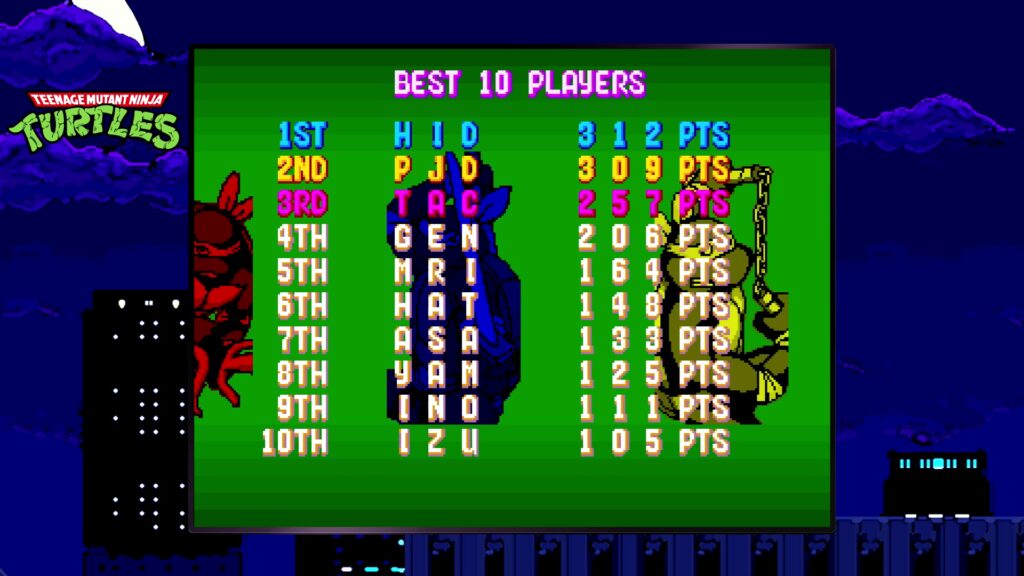
Personally I feel like the optimal Teenage Mutant Ninja Turtles experience today is to enjoy the game in four-player mode, everyone using as many credits as they want until you all reach the end of the game, then see who has the highest score when the credits roll. (The ending is rubbish, by the way, if you’ve never seen it.) Since scores don’t reset on continuing — indeed, “credits” in Teenage Mutant Ninja Turtles simply add more lives directly — the game can be an enjoyably competitive experience.
For solo players, meanwhile, there are better Turtles games in the Cowabunga Collection — even within the beat ’em up genre. The Super NES version of Turtles in Time is probably the prime example of this — but we’ll come to that when we explore that game in more detail.
For now, the Teenage Mutant Ninja Turtles arcade game remains a noteworthy game from a historical perspective, and is definitely still worth playing today. Just be ready for the things it does a bit differently from the norm — and aware that some of its follow-ups provide an arguably superior experience, particularly if you’re playing alone.
Teenage Mutant Ninja Turtles: The Cowabunga Collection is available now for PC via Steam, physically and digitally for Switch, physically and digitally for PS5, physically and digitally for PS4, and physically and digitally for Xbox One/Series blahdepoop.
Join The Discussion
Rice Digital Discord
Rice Digital Twitter
Rice Digital Facebook
Or write us a letter for the Rice Digital Friday Letters Page by clicking here!
Disclosure: Some links in this article may be affiliate links, which means we may earn a small commission if you make a purchase after clicking on them. This is at no additional cost to you and helps support Rice Digital!
- Letter from the Editor: passing the torch - June 30, 2023
- Super Woden GP 2 is looking promising - June 30, 2023
- Inti Creates is making a 32 bit-style Love Live action platformer - June 26, 2023





